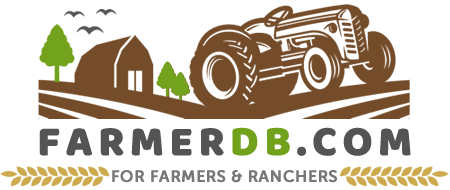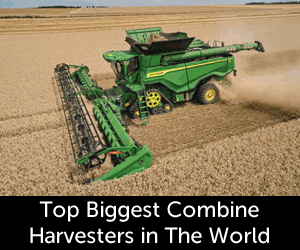The Delaine Merino is a wool breed sheep that belongs to the Merino group, alongside the Spanish Merino, Australian Merino, and many others.
This sheep type is also an adapted American breed that traces its origins back to the original Spanish Merino.
It is predominant in North America and well adapted to range sheep production in the Western and Southwestern states. This breed is found throughout the United States at all altitudes.
It is also common in Australia and New Zealand, where it is widely used for wool production.
Contents
Types
Merino sheep come in different types and with unique characteristics. The Oklahoma State University Breeds of Livestock website classifies Merinos in the United States into Types A, B, and C based on their fleece production, body structure, and adaptability.
Over 95% of Merinos have smooth or nearly smooth skin, but some breeders focus on raising heavier types, which are classified as A, B, and C types. These types were developed through careful breeding to improve fleece production, body size, and adaptability.
All three types of Merino sheep (A, B, and C/Delaine) are horned. Both rams and ewes of these types can have horns, though the size and shape may vary. Rams generally have large, curling horns, while ewes may have smaller, less prominent horns.
A Type
The A type Merino was developed in Vermont through selection and inbreeding to create a heavy fleece-producing sheep.
Physical Characteristics
The color of A Type ranges from white to straw, with straw preferred in top-quality sheep. It has a compact, well-muscled body and a very wrinkled hide, especially on the body. The wrinkles are small, as excessive wrinkles can lower wool quality. The fleece is dense, even, and fine, with an abundant amount of natural oil (yolk).
B Type
The B type Merino was mainly developed in Ohio. Breeders worked to create a sheep with a heavy fleece while maintaining a good body structure for meat production.
Physical Characteristics
The wrinkles of B Type are fewer than in A Type but still heavy on the neck. There is a button tail and some folds behind the shoulders, thighs, and rear flanks. The body is well-balanced between wool and structure.
C Type or Delaine Merino
The C type, which is the Delaine Merino, is the most practical and widely used Merino breed.
It is especially suited for range sheep production in the Western and Southwestern United States, including Texas, New Mexico, and California.
Physical Characteristics
C Type has a smoother body compared to A and B types, with minimal wrinkles. It is well-proportioned and covered in fine, dense wool, making it one of the most practical Merinos for wool production.
The face and muzzle are white, while the neck is short, but some sheep may have a dewlap with one or two folds. In some sheep, these folds look like an apron and do not cover the top of the neck. The body may have small bumps or ridges, which help make the fleece dense and compact. As the sheep grow older, these ridges often disappear.
Size and Weight
The Delaine Merino is a medium-sized sheep.
A larger size is possible, but breeders do not prefer it because it can result in tall, long-legged sheep with coarse, short-fibered wool.
When it comes to weight, mature ewes with full fleece weigh between 125-180 lbs (57-82 kg). Rams are larger, weighing between 175-235 lbs (79-107 kg).
| Merino Type | Ewe Weight | Ram Weight |
|---|---|---|
| A Type | 85-100 lbs (39-45 kg) | 141-159 lbs (64-72 kg) |
| B Type | 100-120 lbs (45-54 kg) | 160-180 lbs (73-82 kg) |
| C Type (Delaine Merino) | 125-180 lbs (57-82 kg) | 175-235 lbs (79-107 kg) |
Lifespan
Delaine Merino sheep can live up to 15 years. Apart from having a long lifespan, they also have a longer productive life of up to 12 years, which is more than other breeds.
Climate
These sheep can live in various climates and altitudes, from sea-level deserts to mountains as high as 10,000 feet.
They are common across the entire United States, from coast to coast and north to south.
Wool
Delaine Merino sheep produce fine, soft, and high-quality wool, known for its beautiful color, softness, and durability. It is considered one of the best wools in the world.
The fleece is lightweight, breathable, dense, and uniform, with excellent strength and elasticity. Its natural crimp helps create durable and stretchy fabrics.
Ewes produce an average fleece weight of 9 to 14 lbs (4-6 kg), with a yield of 45-54% after processing. The staple length grows between 2.5 to 4 inches (6-10 cm) per year, and the fiber diameter ranges from 17.0 to 22.0 microns. It is classified as fine wool, with a spinning count between 64s and 80s.
Delaine Merino wool is two-ply, twisted just enough to hold the fibers in place while keeping its natural softness and warmth.
It is also great for dyeing, absorbing color evenly and deeply. This results in vibrant, long-lasting shades. Acid dyes are commonly used to enhance color intensity, while natural dyes can create earthy and organic tones.

